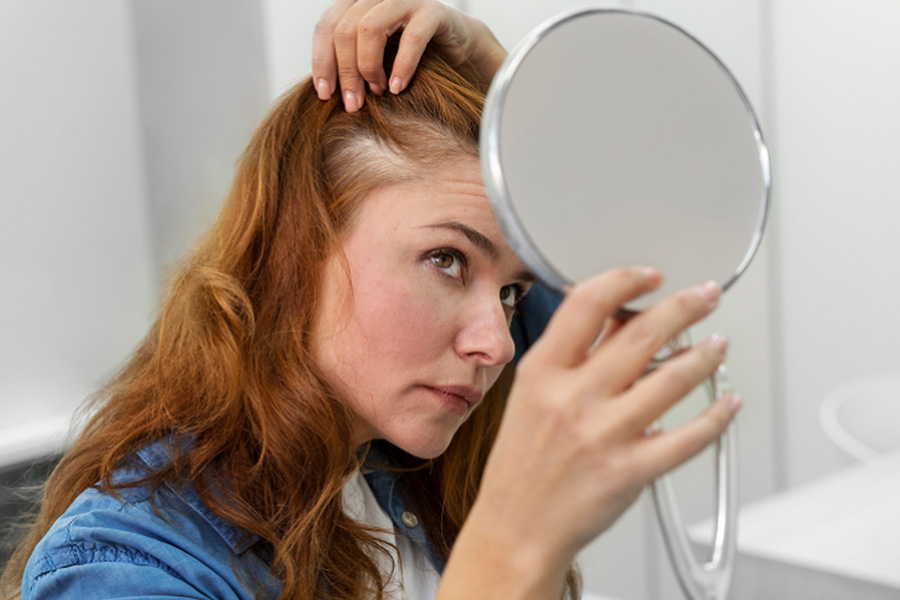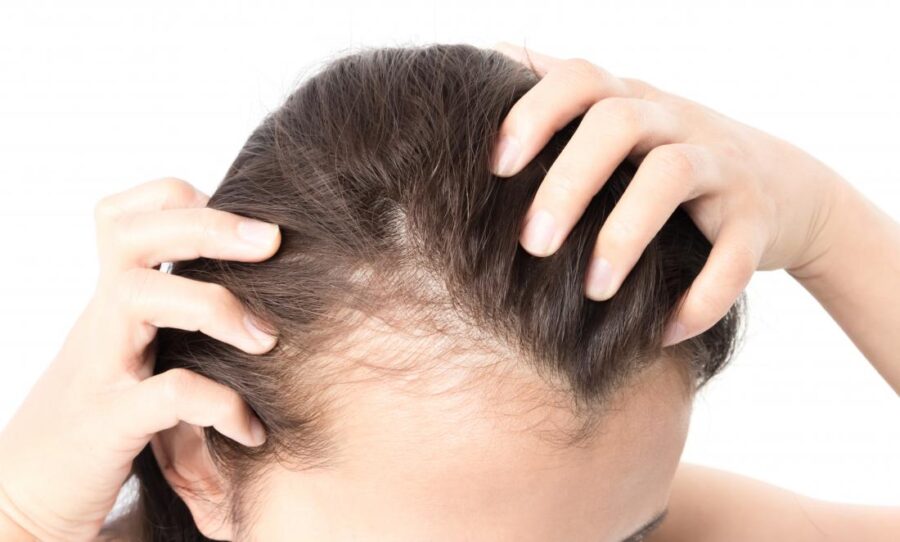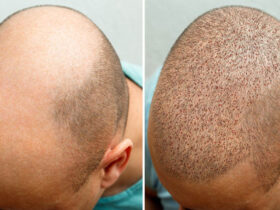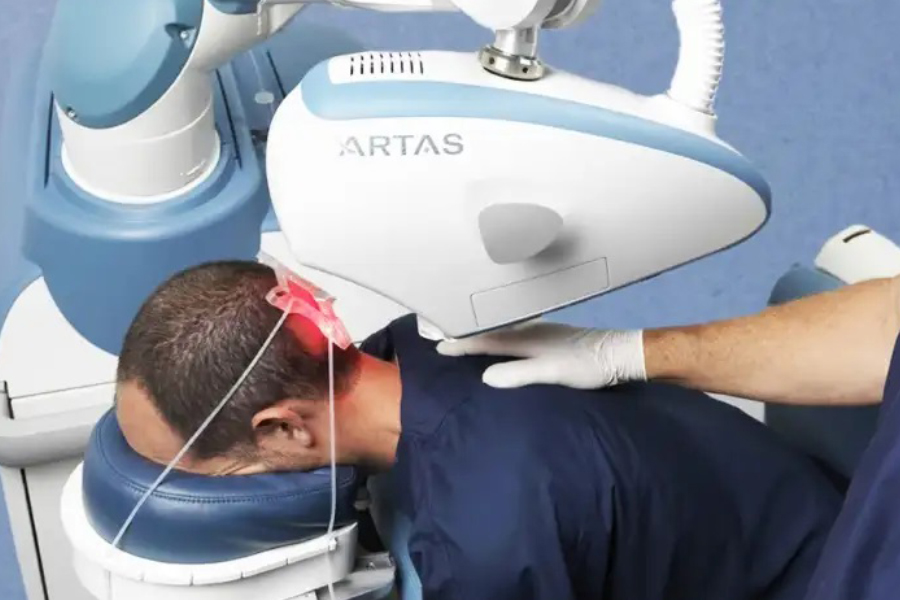Hair loss is affected by various changes. Life stages such as puberty, pregnancy, post-partum recovery, and menopause can cause significant shifts in hormone levels. In many cases, the hormone dihydrotestosterone (DHT) can interfere with the hair growth cycle, resulting in thinning or loss. Conditions such as polycystic ovary syndrome (PCOS) and thyroid dysfunction may also contribute to disrupted hormonal activity. Identifying and managing hormonal imbalances through professional assessment plays a key role in developing hair loss treatment for women.
Genetic Predisposition and Ageing
Genetics can influence hair growth patterns in women, particularly as they age. Female pattern hair loss, also referred to as androgenetic alopecia, is characterised by gradual thinning, especially around the crown or parting line. This type of hair loss tends to progress with age and may begin as early as the mid-twenties. Although complete baldness is less frequent in women than in men, thinning can still significantly affect confidence. Treatment may involve scalp therapies, topical medications, or procedures suited to the severity and pattern of loss.
Stress and Physical Trauma
Chronic stress affects numerous systems in the body, including the scalp’s hair follicles. Physical or emotional stress can lead to a temporary condition known as telogen effluvium, where large numbers of hairs shift into the resting phase and fall out more rapidly. Triggers may include surgery, childbirth, illness, or sudden lifestyle changes. While this type of hair loss typically resolves once the stressor is managed, supporting scalp recovery through care routines and professional consultation may accelerate regrowth.
Nutritional Deficiencies and Diet
The body requires a range of vitamins and minerals to support healthy hair growth. Iron, zinc, vitamin D, and biotin are all essential for maintaining hair density and strength. Poor dietary habits, restrictive diets, or medical conditions affecting nutrient absorption can lead to deficiencies that trigger hair thinning. In such cases, correcting the imbalance through dietary adjustments or supplements supports the effectiveness of any chosen bald scalp treatment. A balanced diet with adequate protein intake is fundamental to maintaining long-term scalp health.
Hair Styling and Chemical Exposure
Certain styling habits can weaken hair strands and harm the scalp. Excessive heat styling, tight hairstyles like ponytails or braids, and chemical treatments such as relaxers or dyes can cause breakage and damage hair follicles. Repeated stress on the scalp can lead to traction alopecia, a condition where hair stops growing in damaged areas. Avoiding such practices or spacing treatments apart gives the scalp time to heal. Incorporating nourishing treatments and gentle handling helps support recovery.
Scalp Conditions and Infections
Underlying scalp issues can disrupt the environment needed for hair to grow. Conditions such as seborrhoeic dermatitis, psoriasis, or fungal infections like ringworm may cause inflammation, flaking, and even hair loss. These issues require targeted scalp care or prescription treatments to resolve. A healthy scalp is the foundation of effective hair loss treatment for women, so addressing any visible symptoms early is essential. Scalp restoration allows hair follicles to maintain their growth
Topical Treatments and Scalp Therapies
Topical medications can support regrowth by extending the hair’s active growth phase or stimulating dormant follicles. Scalp therapies often include exfoliation, hydration, and circulation-boosting techniques that maintain a favourable environment for hair development. Consulting a specialist can help determine which combination of products and techniques may deliver the best results for an individual’s specific condition.
Learn More: Understanding The Various Causes of Hair Loss
Medical and Surgical Interventions
For long-term or advanced cases, medical procedures may provide more definitive results. Injections, laser-based stimulation, or hair transplant surgery can address areas with significant loss. A bald scalp treatment may involve redistributing existing hair to restore coverage and density. Before pursuing surgical options, a full evaluation is recommended to assess suitability, donor hair availability, and projected results. These methods are typically considered after topical or lifestyle approaches have not delivered adequate improvement.
Long-Term Management and Preventive Care
Regardless of the treatment approach, long-term success relies on sustained care and preventive practices. Protecting the scalp from sun exposure, avoiding unnecessary chemical treatments, and managing stress all support recovery and help prevent future hair loss. Monitoring scalp health through regular check-ups ensures early detection of new or recurring issues. Women experiencing hair thinning should remain consistent with their chosen treatment and maintain realistic expectations regarding progress.
For more information about products on hair loss treatment, contact Bee Choo Origin today.






Leave a Reply